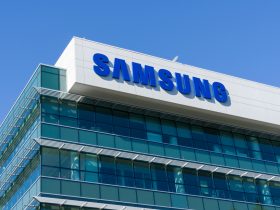It sounds like something out of a science fiction or comedy movie but scientist at MIT, the Massachusetts Institute of Technology, have genuinely discovered how to use a laser to shrink objects to a tiny size. So tiny that the objects become ‘nanoscale’, which means they are too small to be seen even by a microscope.
The latest technology in the world of miniaturisation is called ‘implosion fabrication’ and reduces simple objects to as much as 1000th of their original size. Some of the potential applications of nanoscale objects are the creation of miniscule microscope or smartphone lenses to tiny robots that could be used in medicine to deliver targeted drugs inside of a human body. ‘Nanochip’ electronics are another possible development the new technology could lead to.
But how exactly does the shrinking technology work? An absorbent gel is used to, using a laser, create a structure. Any kind of material, from DNA to metal or particles can be attached to the gel structure which, again using a laser, is then shrunk. MIT graduate student researcher Daniel Oran likens the process to film photography:
“A latent image is formed by exposing a sensitive material in a gel to light. Then, you can develop that latent image into a real image by attaching another material, silver, afterwards.”
The team behind the remarkable breakthrough is led by Oran, a trained photographer, and Samuel Rodriques, a physicist. Their technique takes its inspiration from a technology first developed to do the opposite – enlarge images. ‘Expansion microscopy’ was invented to enlarge images of brain tissue and also involves injecting a material into a gel but this time it is made larger and easier to see. Oran and Rodriques essentially reversed the process.
Until recently, similar laser techniques only worked on 2D structures. However, the MIT team’s breakthrough means 3D objects can now be shrunk to nanoscale without the expensive equipment and sterile lab environment other comparable techniques require. The team believe the simplicity of their technique means the technology will quickly become widely accessible. Because it doesn’t use any toxic materials or particularly expensive equipment it could even be done at home or in the classroom. Millions of young pupils will no doubt already be imagining throwing a bucket of gel over their science teacher and zapping them to nanoscale with a laser!










Leave a Reply